Published: September 2, 2025
In the previous blog post, we explained the operating principles of a buck DC/DC converter (DC/DC switching regulator). We also discussed the differences between various waveform generation control methods, including pulse-width modulation (PWM) and pulse-frequency modulation (PFM), as well as the differences between rectification methods, such as synchronous and diode rectification.
This article is the second and final part of our two-part series on DC/DC converters. Here, we will explore operations other than buck, such as boost, inverting, and buck-boost. We will also compare DC/DC converters with linear regulators and highlight their built-in protection functions.
Table of Contents
Inductor (Coil): A Key Component for Several Topologies of Boost, Inverting, and Buck-Boost
What Is a Boost DC/DC Converter (DC/DC Switching Regulator)?
An Inverting DC/DC Converter (DC/DC Switching Regulator)
A Buck-Boost DC/DC Converter (DC/DC Switching Regulator)
Features of a DC/DC Converter (DC/DC Switching Regulator)
Protection Function of a DC/DC Converter (DC/DC Switching Regulator)
Finally
Inductor (Coil): A Key Component for Several Topologies of Boost, Inverting, and Buck-Boost
In the previous blog post, we used a buck DC/DC converter as an example. Its main components were two switches (for diode rectification, one using FETs and the other using diodes), an inductor (coil), and a capacitor.
One characteristic of DC/DC converters is that different types of converters can perform different operations by changing their internal circuit configurations. For instance, a boost converter produces an output voltage that is higher than the input voltage. An inverting converter generates an output voltage with opposite polarity. A buck-boost converter automatically switches between buck and boost modes to maintain a constant output voltage despite fluctuations in the input voltage.
The key to enabling various topologies* is an inductor. An inductor has the characteristic of generating a voltage that opposes changes in current. In power circuits using a DC/DC converter, it is important to control the storage and release of electrical energy by utilizing this property of the inductor.
* In this context, “topology” refers to the types of circuit operation based on the state of the circuit connections. See the previous blog post for more information.
First, we will introduce an example of a boost DC/DC converter, which outputs a voltage that is higher than the input voltage.
What Is a Boost DC/DC Converter (DC/DC Switching Regulator)?
A boost, or step-up, DC/DC converter has the circuit configuration shown in Figure 1. Here, the two switches are referred to as Switch 1 and Switch 2.

Figure 1. Circuit diagram of a boost DC/DC converter
Figure 2 (Step 1) and Figure 3 (Step 2) briefly explain the operation.
As shown in Figure 2 (Step 1), Switch 1 turns on and Switch 2 turns off. The current from the input side (Vin) through the inductor to ground (GND) increases gradually. As the current flows through the inductor, energy is stored in it.
As shown in Figure 3 (Step 2), Switch 1 turns off and Switch 2 turns on. Even after Switch 1 turns off, the inductor tries to keep flowing current. In doing so, it releases its stored energy as current. The current charges the output capacitor, and the output voltage increases as a result.
By alternating between Step 1 and Step 2, the output voltage (Vout) increases.

Figure 2. Step 1: Current path in a boost DC/DC converter when Switch 1 is on and Switch 2 is off

Figure 3. Step 2: Current path in a boost DC/DC converter when Switch 1 is off and Switch 2 is on
Click here to see our lineup of boost DC/DC converters (DC/DC switching regulators).
The next section introduces an inverting DC/DC converter that outputs a reverse polarity voltage.
An Inverting DC/DC Converter (DC/DC Switching Regulator)
An inverting DC/DC converter has various circuit configurations, and one example is shown in Figure 4.
Though this is somewhat of a side note, this circuit configuration is sometimes classified as a buck-boost converter. This is because it can perform both buck and boost operations relative to the input voltage when the output voltage is considered in terms of its absolute value. For this reason, it is sometimes called an inverting buck-boost converter.
In the parametric product search on our website, a buck-boost converter without voltage inversion is classified as “buck-boost,” while a buck-boost converter with voltage inversion is classified as “inverting.”
In this section, we will explain this configuration as an inverting DC/DC converter.

Figure 4. Circuit diagram of an inverting DC/DC converter
Figure 5 (Step 1) and Figure 6 (Step 2) briefly explain the operation.
As shown in Figure 5 (Step 1), Switch 1 turns on and Switch 2 turns off. The current from the input side (Vin) through the inductor to ground (GND) increases gradually. As the current flows through the inductor, energy is stored in it.
As shown in Figure 6 (Step 2), Switch 1 turns off and Switch 2 turns on. Even after Switch 1 turns off, the inductor tries to keep the current flowing. In doing so, it releases its stored energy as current. The current discharges the output capacitor, and the output voltage decreases as a result.
By alternating between Step 1 and Step 2, the output voltage (Vout) decreases below 0V.

Figure 5. Step 1: Current path in an inverting DC/DC converter when Switch 1 is on and Switch 2 is off

Figure 6. Step 2: Current path in an inverting DC/DC converter when Switch 1 is off and Switch 2 is on
Click here to see our lineup of inverting DC/DC converters (DC/DC switching regulators).
In the final section, we will use the RP604, our buck-boost product, as an example to introduce a buck-boost DC/DC converter.
A Buck-Boost DC/DC Converter (DC/DC Switching Regulator)
Figure 7 illustrates a buck-boost DC/DC converter that consists of four switches. Buck and boost circuits of synchronous rectification are built on a single chip, and both circuits share an inductor. It features an automatic transition between buck and boost operations based on the input voltage to maintain a constant output voltage.

Figure 7. Switch configuration example of a buck-boost DC/DC converter
Figures 8 and 9 illustrate the state of the switches during buck and boost operations, respectively.
By fixing the “Boost Side” switches as shown in Figure 8, the circuit becomes equivalent to a buck DC/DC converter. In that state, buck operation is carried out by controlling the on and off switching of the “Buck Side” switches. (This is the same operation as in Figures 5 and 6 in the previous blog post.)
On the other hand, fixing the “Buck Side” switches as shown in Figure 9 makes the circuit equivalent to a boost DC/DC converter. In that state, boost operation is carried out by controlling the on and off switching of the “Boost Side” switches. (This is the same operation as in Figures 2 and 3.)

Figure 8. Buck operation in a four-switch buck-boost DC/DC converter configuration

Figure 9. Boost operation in a four-switch buck-boost DC/DC converter configuration
The RP604, winner of the 2019 Electronic & Electronic Component Award of the ‘CHO’ MONODZUKURI Innovative Parts and Components Awards (link in Japanese), and its successor, the RP605, use a four-switch configuration.
Click here to see our lineup of buck-boost DC/DC converters (DC/DC switching regulators).
Features of a DC/DC Converter (DC/DC Switching Regulator)
A linear regulator, also known as a low dropout (LDO) regulator, is often cited in connection with a DC/DC converter. Both are power management ICs that output a constant voltage. What makes a DC/DC converter different from a linear regulator? What makes it superior? Table 1 summarizes the differences.
| DC/DC Converter (DC/DC Switching Regulator) | Linear Regulator (LDO Regulator) | |
| Efficiency | High | Low |
| Output Noise | High | Low |
| Circuit Design | Complex | Simple |
| External Components Required | Many | Few |
| Output Current Capability | High | Low |
| Cost | High | Low |
| Topology | Buck, Boost, Buck-Boost, Inverting | Buck Only |
As mentioned above, a DC/DC converter has high power conversion efficiency but has disadvantages, such as the need for a complex circuit design to control switches and noise generation in the output voltage due to switching operations. In applications such as audio, noise generated during power supply operation can lead to negative effects such as degraded sound quality.
On the other hand, a linear regulator has low conversion efficiency but the advantages of easy circuit design and a low-noise output voltage.
In other words, these two types of voltage regulators complement each other by compensating for each other’s weaknesses.
When selecting a power management IC, it is necessary to check the power supply specifications required by the system being powered. Then, consider an appropriate power management IC, such as a DC/DC converter or a linear regulator.
Protection Function of a DC/DC Converter (DC/DC Switching Regulator)
So far, we have primarily discussed the basic operation and features of a DC/DC converter. In practice, it is necessary to protect both the system and the DC/DC converter from issues that could disrupt normal operation of the power supply circuit, the system as a whole, or even cause the converter to self-destruct. For this reason, a DC/DC converter is equipped with a variety of protection circuits. Table 2 shows examples of protection functions.
| Term | Description | For more details, see the FAQ page linked below. |
| Thermal Shutdown (TSD) Function | The thermal shutdown function is a protective function that detects overheating caused by a large current flow, such as when the output pin and ground pin are shorted, and turns off the output to prevent damage. | What is a thermal shutdown circuit? |
| Soft-Start Function | The soft-start function suppresses inrush current at startup of power management ICs (LDO regulators or DC/DC converters) and prevents overshoot. | What is a soft-start function? |
| Under Voltage Lockout (UVLO) | UVLO is a kind of protection which stops IC’s operation in order for the IC not to become under malfunction caused by a lower input voltage than the minimum operating voltage. | What is an under-voltage lockout (UVLO) function? |
| Over Voltage Lockout (OVLO) | OVLO is a kind of protection which stops IC’s operation in order for the IC not to become under malfunction caused by a higher input voltage than the maximum operating voltage. | - |
| Overvoltage Protection (OVP) of Output | The OVP circuit monitors the VOUT pin voltage and stops the output once it reaches the OVP detection voltage preset inside the IC. This is a protective function that prevents excessive voltage from being applied to the subsequent stage of the circuit. | What is an overvoltage protection (OVP)? |
| Over-Current Protection (OCP) | Over current protection (OCP) is a function that stops the output to prevent destruction of the power management IC or the system when the output current is larger than expected due to an abnormality, such as a short circuit in the output. This function prevents deterioration of the IC’s characteristics, malfunctions, or destruction caused by sustained overcurrent. There are four types of overcurrent protections that are used in Nisshinbo Micro Devices’ DC/DC converters: pulse-by-pulse type (ILX), latch type protection, reset (hiccup) type protection, and foldback type protection. |
What is an over-current protection (OCP) for DC/DC converters? |
Finally
It is commonplace today to live surrounded by a variety of electrical appliances, but there are few opportunities to focus on their components. Unlike processors and semiconductor memory, which are often talked about in the public eye, power management ICs are quite obscure. However, for those high-profile components, and ultimately the entire system, to operate safely and efficiently, power management ICs such as DC/DC converters, which convert power efficiently and supply it to devices, are indispensable. Even if they go unnoticed, DC/DC converters continue to evolve day and night to meet the changing needs of the times.
Part 1: What Is a DC/DC Converter (DC/DC Switching Regulator)? (Part 1): Operating Principles
Click here for our lineup of our DC/DC converters (DC/DC switching regulators).
On-Line Simulation of DC/DC Converters (DC/DC Switching Regulators)
 Note: You’ll find it around the middle of the page.
Note: You’ll find it around the middle of the page.
Other FAQ Blogs

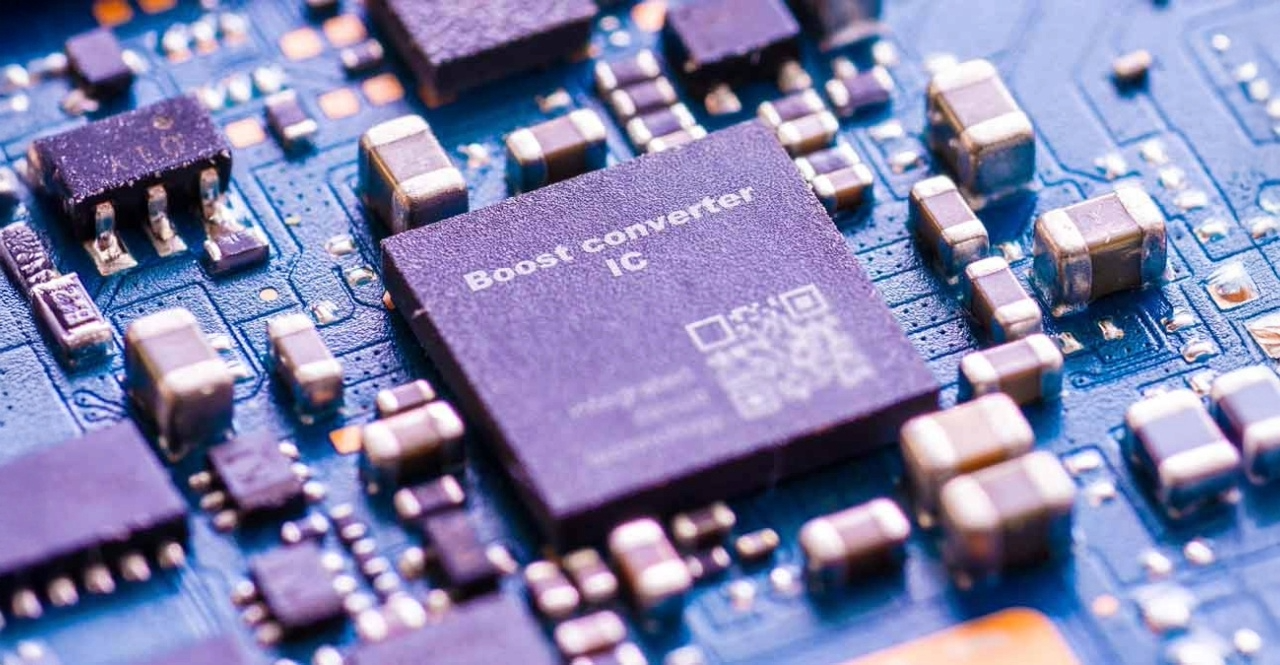
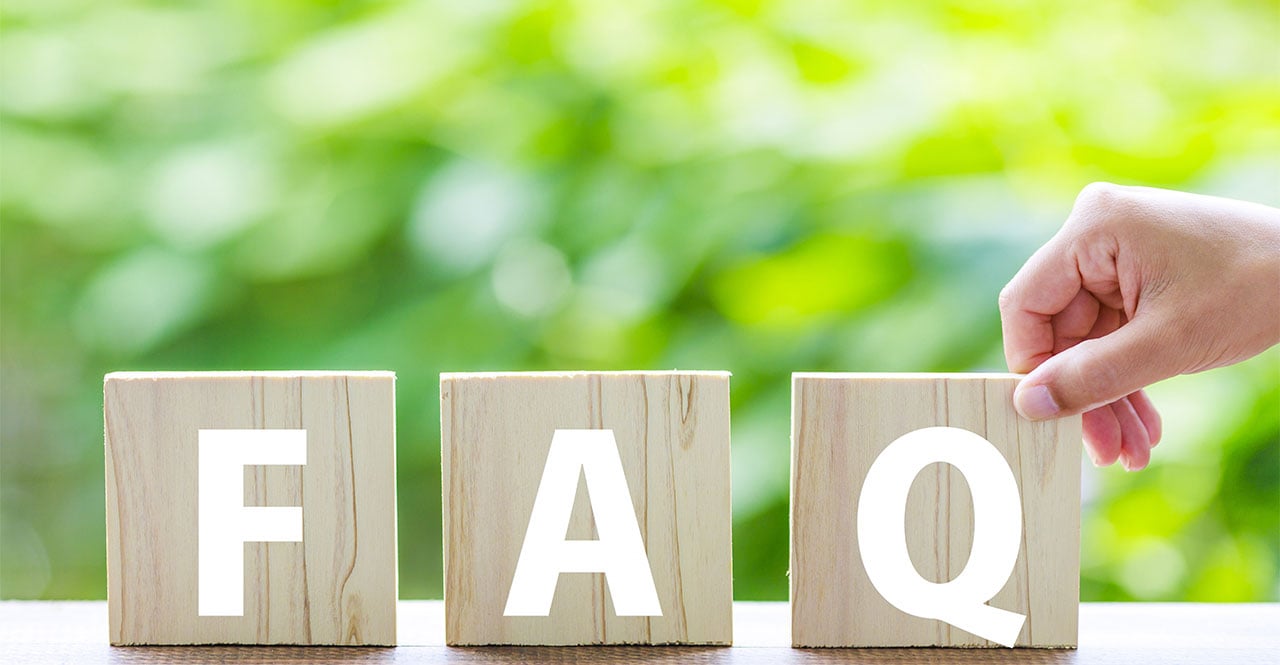
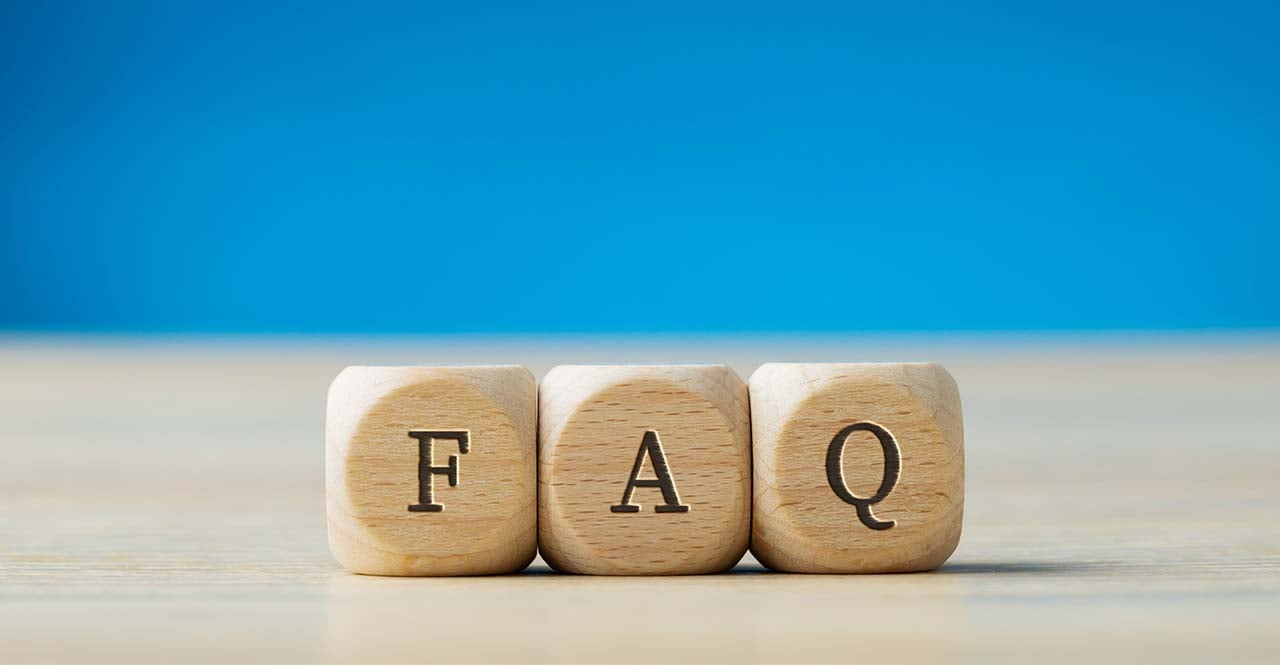

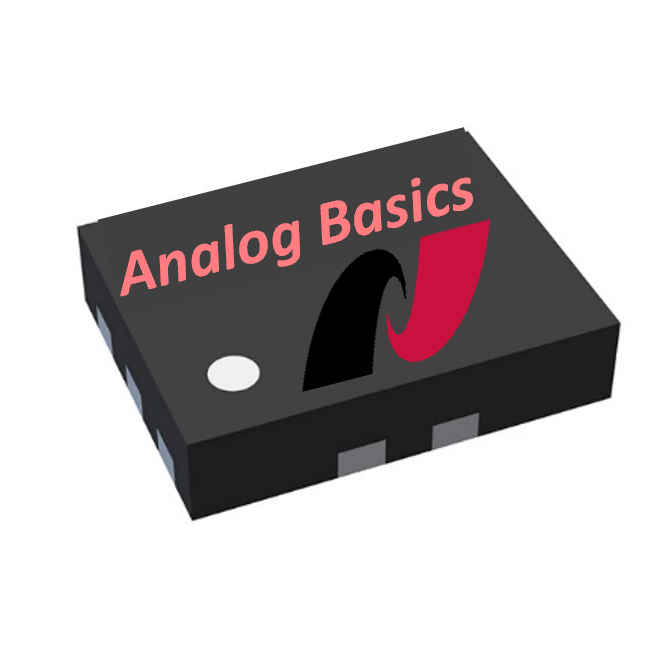
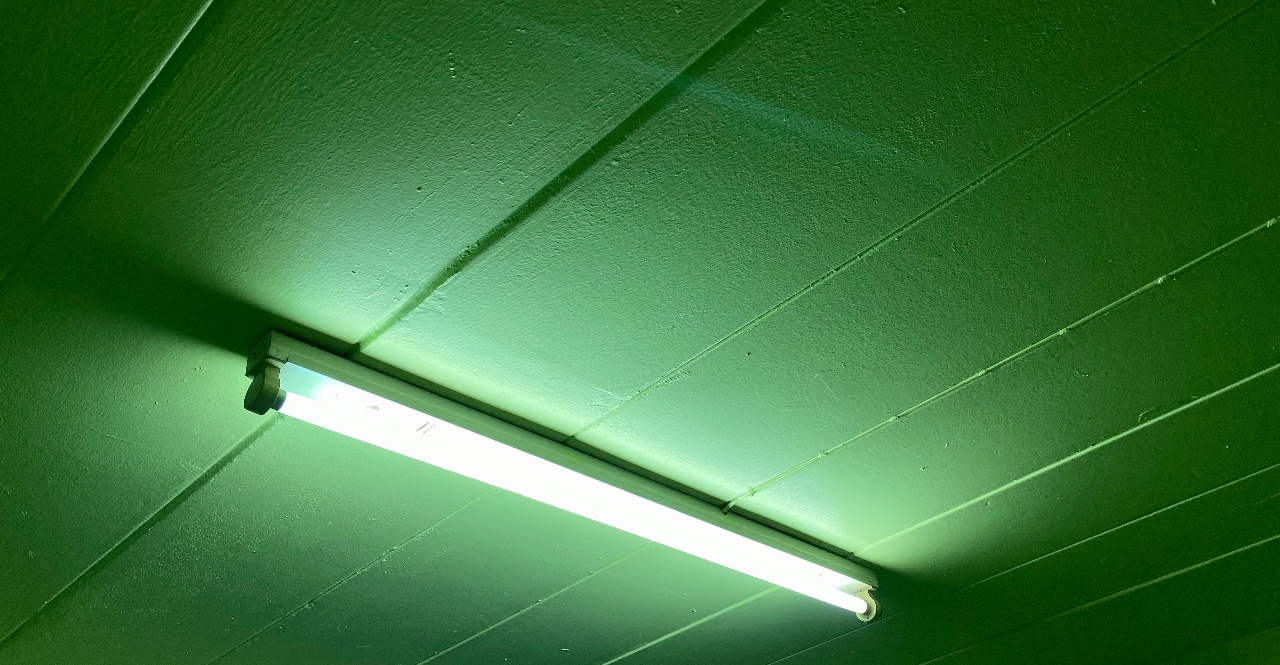
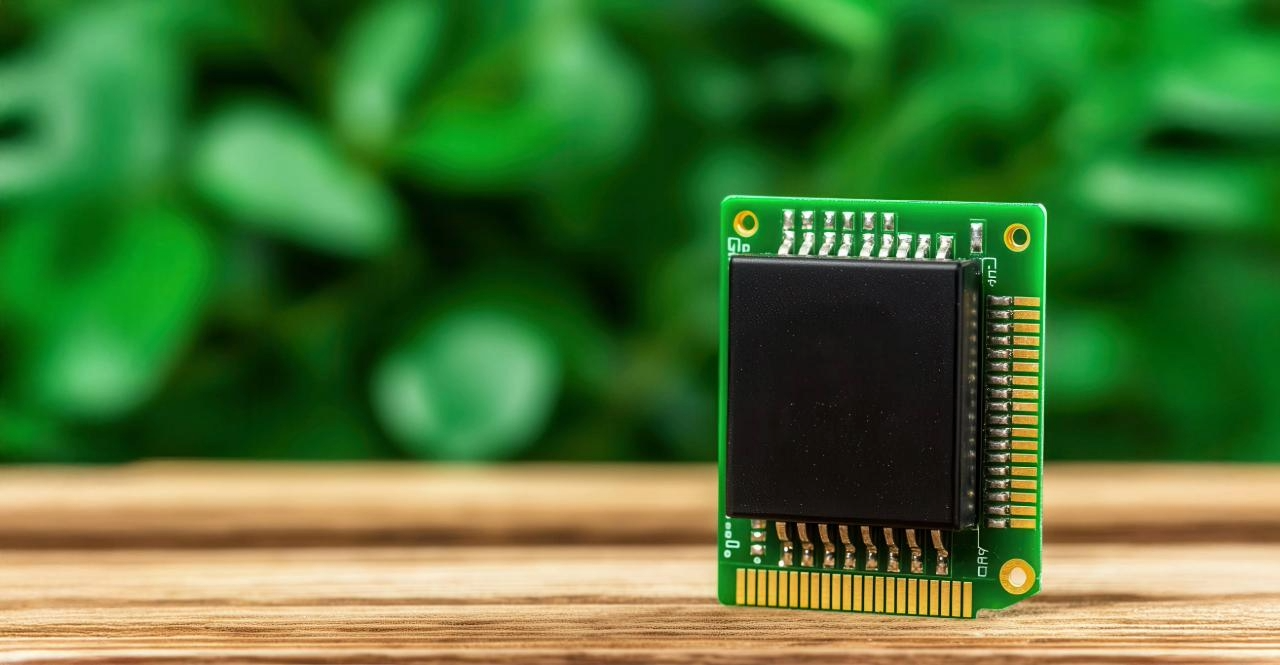
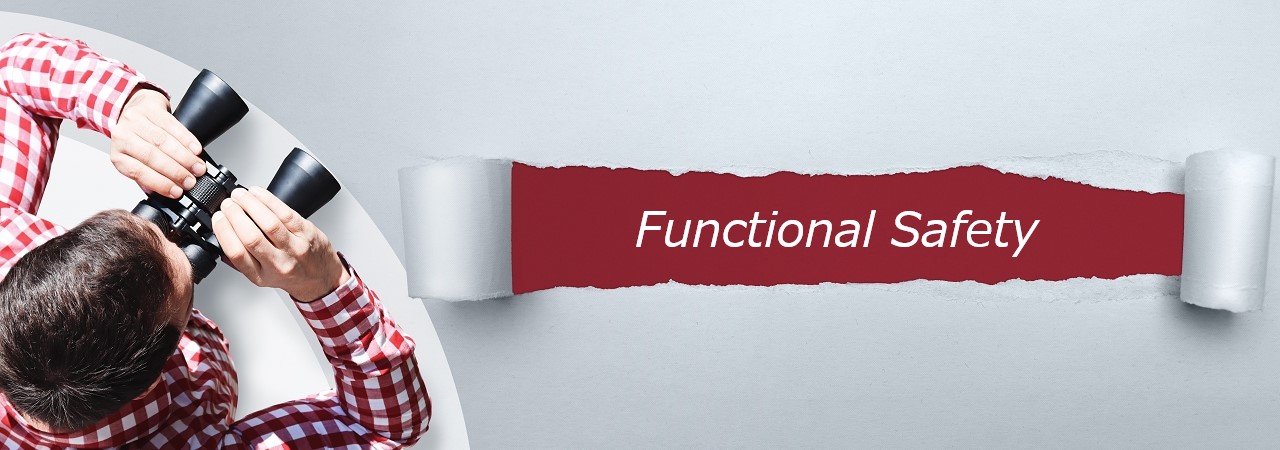
Comment